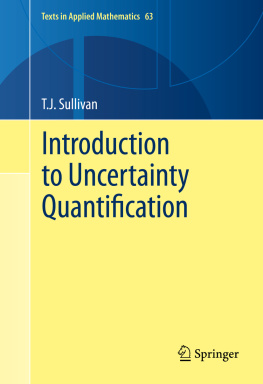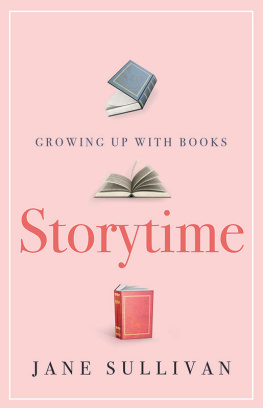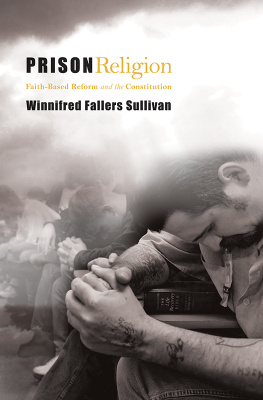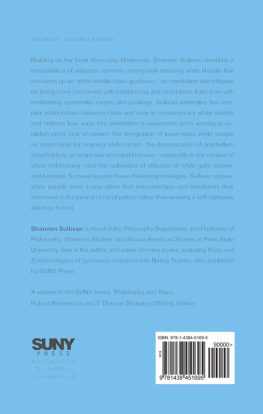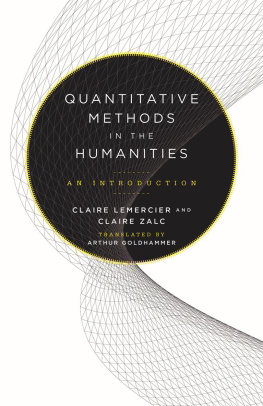Sullivan - Introduction to Uncertainty Quantification
Here you can read online Sullivan - Introduction to Uncertainty Quantification full text of the book (entire story) in english for free. Download pdf and epub, get meaning, cover and reviews about this ebook. City: Cham, year: 2017, publisher: Springer International Publishing, genre: Children. Description of the work, (preface) as well as reviews are available. Best literature library LitArk.com created for fans of good reading and offers a wide selection of genres:
Romance novel
Science fiction
Adventure
Detective
Science
History
Home and family
Prose
Art
Politics
Computer
Non-fiction
Religion
Business
Children
Humor
Choose a favorite category and find really read worthwhile books. Enjoy immersion in the world of imagination, feel the emotions of the characters or learn something new for yourself, make an fascinating discovery.
Introduction to Uncertainty Quantification: summary, description and annotation
We offer to read an annotation, description, summary or preface (depends on what the author of the book "Introduction to Uncertainty Quantification" wrote himself). If you haven't found the necessary information about the book — write in the comments, we will try to find it.
Introduction to Uncertainty Quantification — read online for free the complete book (whole text) full work
Below is the text of the book, divided by pages. System saving the place of the last page read, allows you to conveniently read the book "Introduction to Uncertainty Quantification" online for free, without having to search again every time where you left off. Put a bookmark, and you can go to the page where you finished reading at any time.
Font size:
Interval:
Bookmark:
- Until the early-to-mid 1990s, risk modelling for catastrophe insurance and re-insurance (i.e. insurance for property owners against risks arising from earthquakes, hurricanes, terrorism, etc., and then insurance for the providers of such insurance) was done on a purely statistical basis. Since that time, catastrophe modellers have tried to incorporate models for the underlying physics or human behaviour, hoping to gain a more accurate predictive understanding of risks by blending the statistics and the physics, e.g. by focussing on what is both statistically and physically reasonable. This approach also allows risk modellers to study interesting hypothetical scenarios in a meaningful way, e.g. using a physics-based model of water drainage to assess potential damage from rainfall 10% in excess of the historical maximum.
- Over roughly the same period of time, deterministic engineering models of complex physical processes began to incorporate some element of uncertainty to account for lack of knowledge about important physical parameters, random variability in operating circumstances, or outright ignorance about what the form of a correct model would be. Again the aim is to provide more accurate predictions about systems behaviour.
 (typically n =2 or 3):
(typically n =2 or 3): 
 . The domain
. The domain  consists of a material, and the tensor field
consists of a material, and the tensor field  describes the permeability of this material to the fluid. There is a source term
describes the permeability of this material to the fluid. There is a source term  , and the boundary condition specifies the values
, and the boundary condition specifies the values  that the pressure takes on the boundary of
that the pressure takes on the boundary of  . This model is of interest in the earth sciences because Darcys law asserts that the velocity field v of the fluid flow in this medium is related to the gradient of the pressure field by
. This model is of interest in the earth sciences because Darcys law asserts that the velocity field v of the fluid flow in this medium is related to the gradient of the pressure field by 
 for each forcing term f in the dual Sobolev space
for each forcing term f in the dual Sobolev space 
Font size:
Interval:
Bookmark:
Similar books «Introduction to Uncertainty Quantification»
Look at similar books to Introduction to Uncertainty Quantification. We have selected literature similar in name and meaning in the hope of providing readers with more options to find new, interesting, not yet read works.
Discussion, reviews of the book Introduction to Uncertainty Quantification and just readers' own opinions. Leave your comments, write what you think about the work, its meaning or the main characters. Specify what exactly you liked and what you didn't like, and why you think so.

